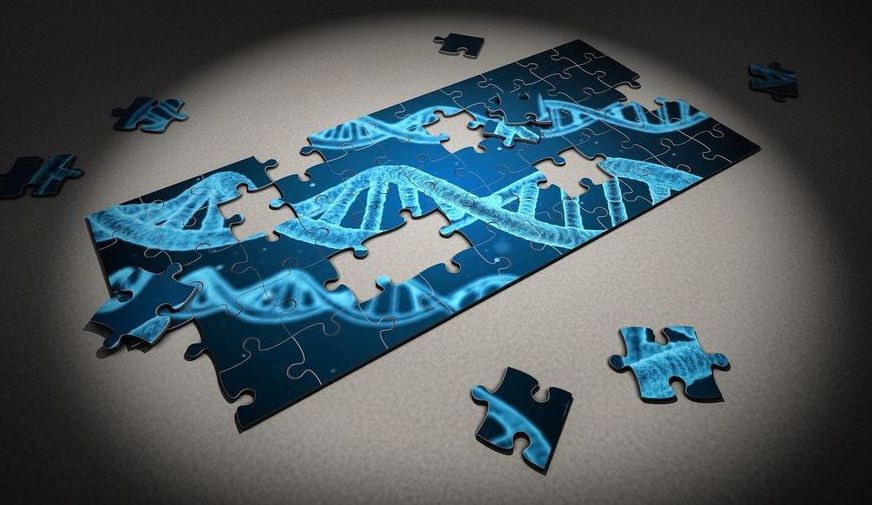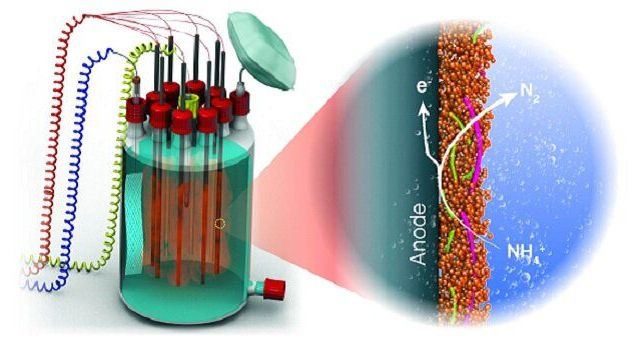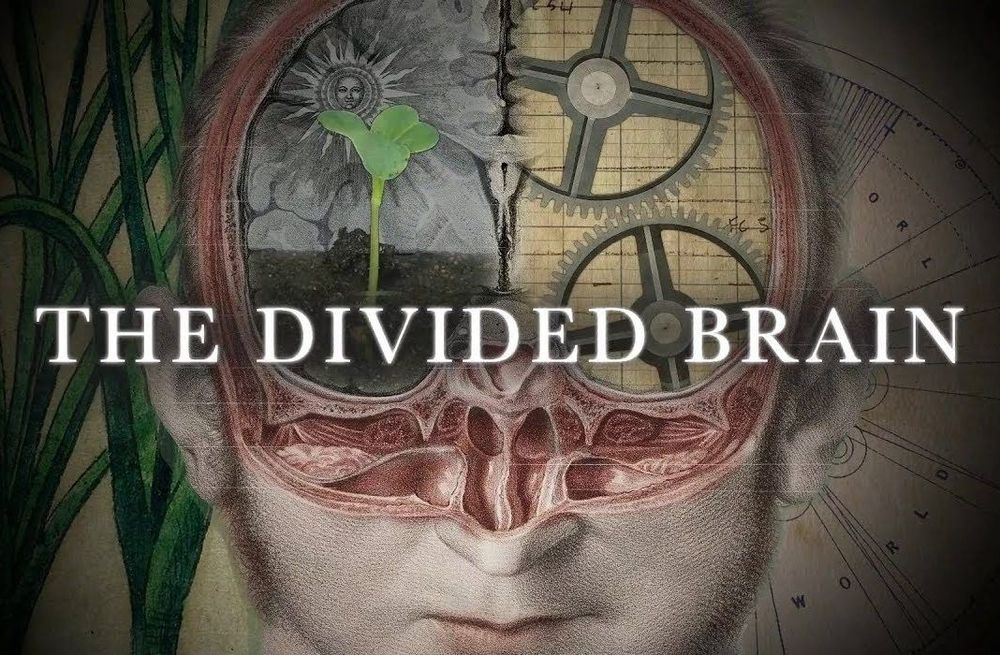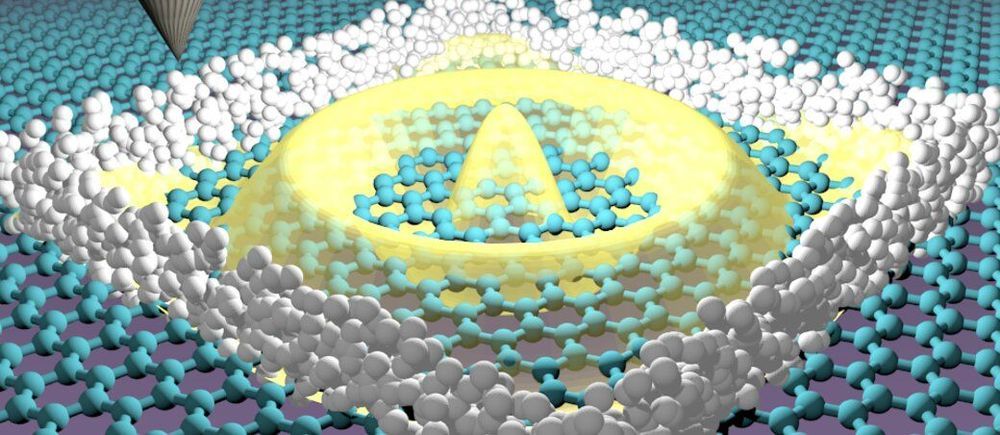IBM on Monday announced it’s donating a series of open-source toolkits designed to help build trusted AI to a Linux Foundation project, the LF AI Foundation. As real-world AI deployments increase, IBM says the contributions can help ensure they’re fair, secure and trustworthy.
Get the latest international news and world events from around the world.

When two are better than one: Why some gene duplicates are retained while others perish
Whole genome duplication followed by massive gene loss has shaped many genomes, including the human genome. Why some gene duplicates are retained while most perish has puzzled scientists for decades.
A study, published today in Science, has found that gene retention depends on the degree of “functional and structural entanglement”, which measures interdependency between gene structure and function. In other words, while most duplicates either become obsolete or they evolve new roles, some are retained forever because, evolutionarily speaking, they’re simply stuck.
“When we scan genomes there are some gene pairs that remain from whole genome duplication events that occurred millions of years ago,” says Elena Kuzmin, a co-lead author of the study and former graduate student who trained with Charles Boone, professor of molecular genetics in the Donnelly Centre for Cellular and Biomolecular Research, at the University of Toronto, who co-led the study.

Circular RNA found to make fruit flies live longer
Ribonucleic acid, or RNA, is part of our genetic code and present in every cell of our body. The best known form of RNA is a single linear strand, of which the function is well known and characterized. But there is also another type of RNA, so-called “circular RNA,” or circRNA, which forms a continuous loop that makes it more stable and less vulnerable to degradation. CircRNAs accumulate in the brain with age. Still, the biological functions of most circRNAs are not known and are a riddle for the scientific community. Now scientists from the Max Planck Institute for Biology of Aging have come one step closer to answer the question what these mysterious circRNAs do: one of them contributes to the aging process in fruit flies.
Carina Weigelt and other researchers in the group led by Linda Partridge, Director at the Max Planck Institute for Biology of Aging, used fruit flies to investigate the role of the circRNAs in the aging process. “This is unique, because it is not very well understood what circRNAs do, especially not in an aging perspective. Nobody has looked at circRNAs in a longevity context before,” says Carina Weigelt who conducted the main part of the study. She continues: “Now we have identified a circRNA that can extend lifespan of fruit flies when we increase it, and it is regulated by insulin signaling.”

Anammox bacteria generate energy from wastewater while taking a breath
A type of anaerobic bacteria responsible for more than 50 percent of nitrogen loss from marine environments has been shown to use solid-state matter present outside their cells for respiration. The finding by KAUST researchers adds to knowledge of the global nitrogen cycle and has important energy-saving potential for wastewater treatment.
Living organisms use oxidation/reduction reactions to harvest the energy they need for survival. This involves the transfer of electrons from an electron donor to an electron acceptor with energy generation. In humans, electrons are released from the food we digest and accepted by soluble oxygen inside our cells. But in many bacteria, other strategies are used for oxidation/reduction, with different types of electron donors and acceptors.
Anammox are anaerobic bacteria found in oxygen-lacking marine and freshwater environments, such as sediments. They derive energy by using ammonium as their electron donor and intracellular soluble nitrite as the acceptor, with the release of nitrogen gas—or so scientists thought.
Inventors Make Robot Arm To Help With Tasks
A team of French researchers have collaberated to create an advanced robotic “third arm”.

Atom-by-atom assembly makes for cheap, tuneable graphene nanoribbons
The wonder material graphene can take many forms for many different purposes, from transparent films that repel mosquitoes to crumpled balls that could boost the safety of batteries. One that has scientists particularly excited is nanoribbons for applications in energy storage and computing, but producing these ultra-thin strips of graphene has proven a difficult undertaking. Scientists are claiming a breakthrough in this area, devising a method that has enabled them to efficiently produce graphene nanoribbons directly on the surface of semiconductors for the first time.
As opposed to the sheets of carbon atoms arranged in honeycomb patterns that make up traditional graphene, graphene nanoribbons consist of thin strips just a handful of atoms wide. This material has great potential as a cheaper and smaller alternative to silicon transistors that would also run faster and use less power, or as electrodes for batteries that can charge in as little as five minutes.
“This is why many research groups around the world are focusing their efforts on graphene nanoribbons,” explains study author and chemist, Professor Konstantin Amsharov from Germany’s Martin Luther University of Halle-Wittenberg (MLU).


The power struggle that resides within our brain
Our brain is divided. We just don’t know it. Or we do, but not in the way one thinks. To put it simply – a power struggle has been going on between the left side of our brain, or the analytical side, and the right side, the emotional side. It’s been going on for quite some time.
There have always been rumblings of the imbalance between the two for years, certainly covered off in a critical work of near genius by renowned psychiatrist and neuroscientist Dr. Iain McGilchrist, (iainmcgilchrist.com), author of the acclaimed The Master and his Emissary: the Divided Brain and the Making of the Western World.

Team develops method for trapping elusive electrons
Graphene’s unique 2-D structure means that electrons travel through it differently than in most other materials. One consequence of this unique transport is that applying a voltage doesn’t stop the electrons like it does in most other materials. This is a problem, because to make useful applications out of graphene and its unique electrons, such as quantum computers, it is necessary to be able to stop and control graphene electrons.
An interdisciplinary team of scientists from the Universidad Autonoma de Madrid (Spain), Université Grenoble Alpes (France), International Iberian Nanotechnology Laboratory (Portugal) and Aalto University has solved this long-standing problem. The team included experimental researchers Eva Cortés del Río, Pierre Mallet, Héctor González‐Herrero, José María Gómez‐Rodríguez, Jean‐Yves Veuillen and Iván Brihuega and theorists including Joaquín Fernández-Rossier and Jose Lado, assistant professor in the department of Applied Physics at Aalto.
The experimental team used atomic bricks to build walls capable of stopping the graphene electrons. This was achieved by creating atomic walls that confined the electrons, leading to structures whose spectrum was then compared with theoretical predictions, demonstrating that electrons were confined. In particular, it was obtained that the engineered structures gave rise to nearly perfect confinement of electrons, as demonstrated from the emergence of sharp quantum well resonances with a remarkably long lifetime.